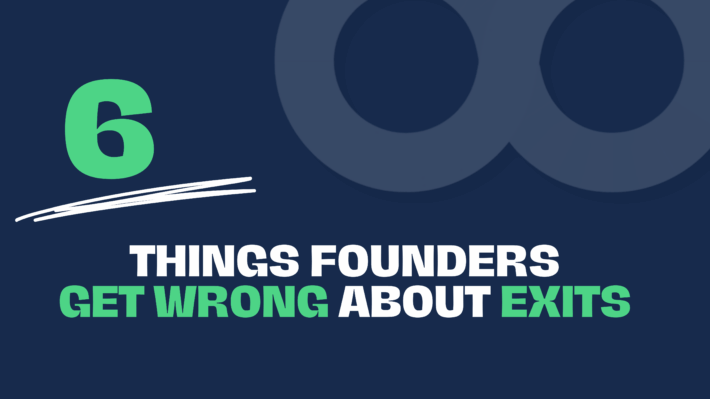The Art of Letting Go: What Every Business Owner Needs to Know

You’ve spent years building your business from the ground up, investing your time, energy and countless late nights to bring your vision to life. But while it might feel unusual to think about leaving this creation behind, crafting the right exit or succession plan is a powerful way to protect everything you’ve worked so hard to build.
If the words “exit” or “succession” sound like giving up, think again. Having the right plan isn’t about walking away; it’s about ensuring a smooth transition when the time comes, maximising the value of your business, ensuring employee welfare and ultimately reaping the rewards of your hard work.
Let’s look at why every business owner needs the right exit or succession strategy and more importantly, how to create one.
Why?
- Preserves Your Legacy
After years of hard work, you want to ensure your business continues to thrive even when you’re no longer at the helm. A clear plan can help align employees, ensure continuity and protect the mission and values you’ve built your company around. - Secures the Full Value of Your Business
Without a plan, you could lose valuable time and money during the transition, potentially leaving value on the table. A well-crafted strategy makes sure you’re financially prepared and ensures that the true worth of your business is recognised, whether you’re passing it on to employees, family or selling it outright. - Life is Unpredictable
Personal or health reasons can accelerate your departure from your business. A written down strategy ensures you’re ready to handle unexpected decisions with confidence and clarity. Planning ahead offers peace of mind, knowing that if you ever need to exit, the process is already set up.
How?
- Define Your Goals
Before delving into the details, it’s crucial to define your objectives. Do you intend to keep the business in the family or sell it? Are you looking to stay involved part-time, or do you prefer a complete transition of leadership? Your answers will drive the direction of your plan. Take a look at the key differences between an exit and succession plan. This will help you decide on your main goals for your business. - Identify Buyers or Successors
If you’re planning to sell your business, it’s important to start identifying potential buyers or successors well in advance. This could include other companies, private equity firms, the senior leadership team or family members. If you prefer to keep the business in the family or transition to trusted employees, communicate your intentions early and begin mentoring them for a leadership role. - Get Maximum Value
To make your business as appealing as possible, focus on optimising key areas such as business processes, customer relationships and financial health. Standardising operations, cleaning up financial records and streamlining workflows can significantly enhance your business value and marketability.
Start Early
The earlier you start planning the better. Some experts suggest beginning your exit strategy five years before you plan to leave. This timeline allows you to refine your approach, enhance your business value and align your plans with employees, family members or potential buyers.
Embrace it
Letting go of something you’ve built from the ground up is never easy, planning is a valuable gift to both yourself and your business. Take the time now to build your strategy, ensuring an exit that reflects everything you’ve worked so hard to achieve.





